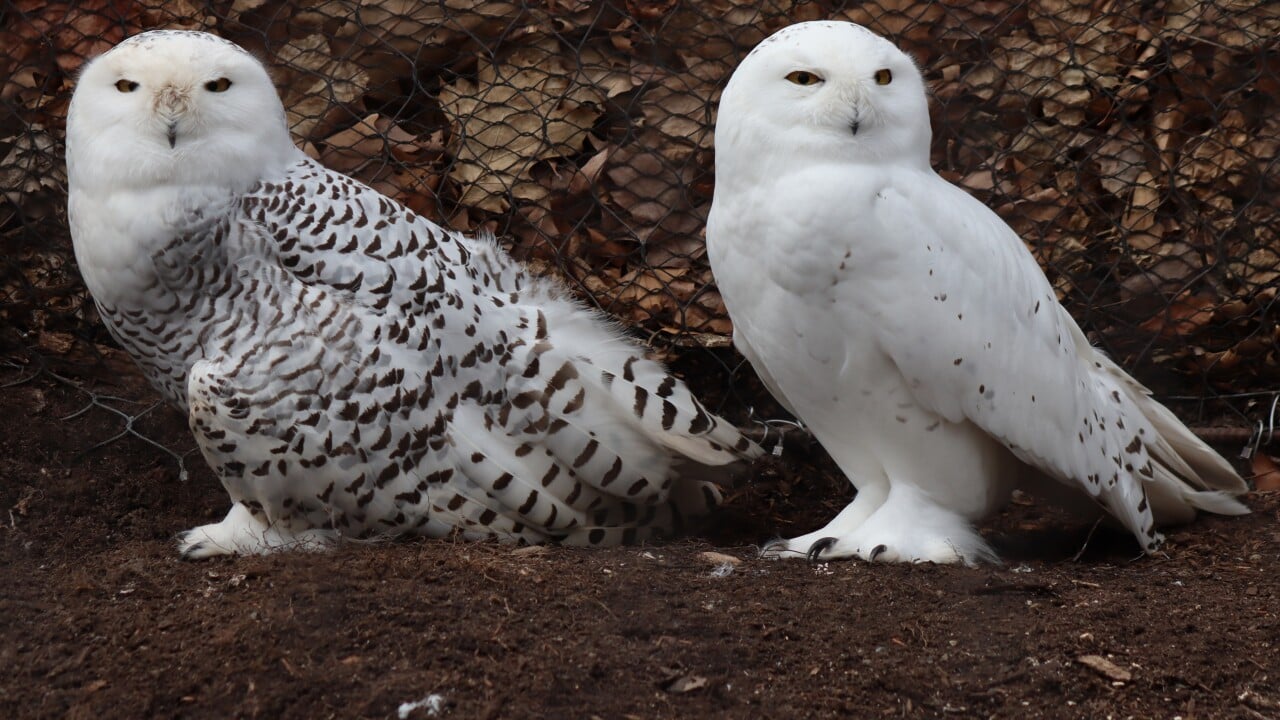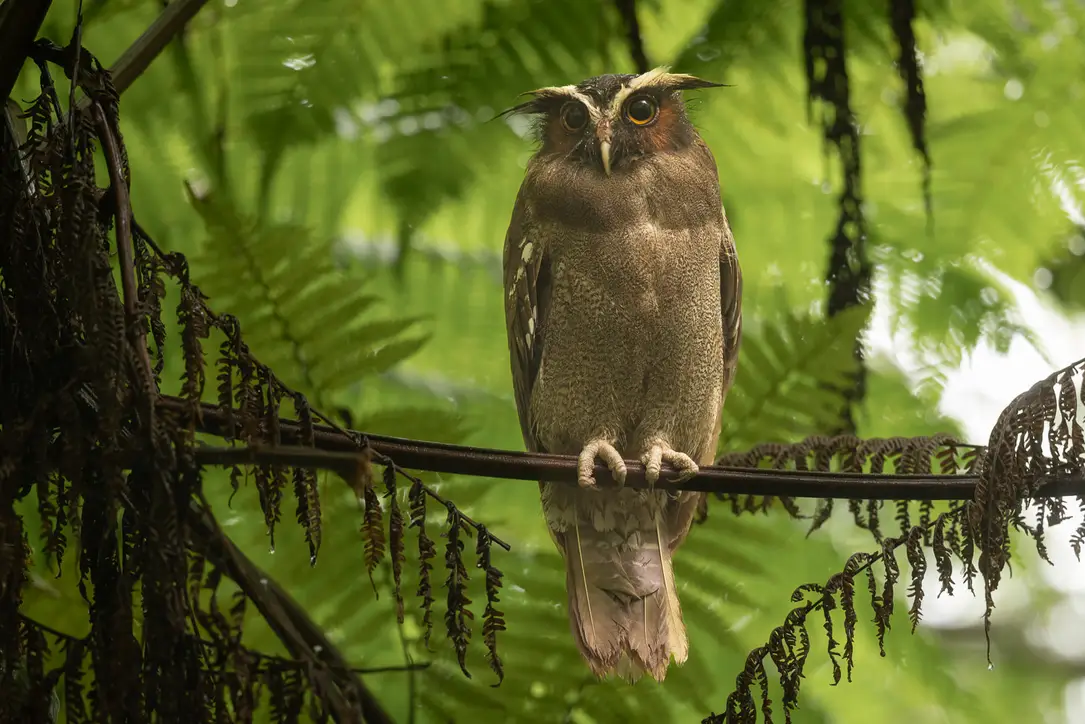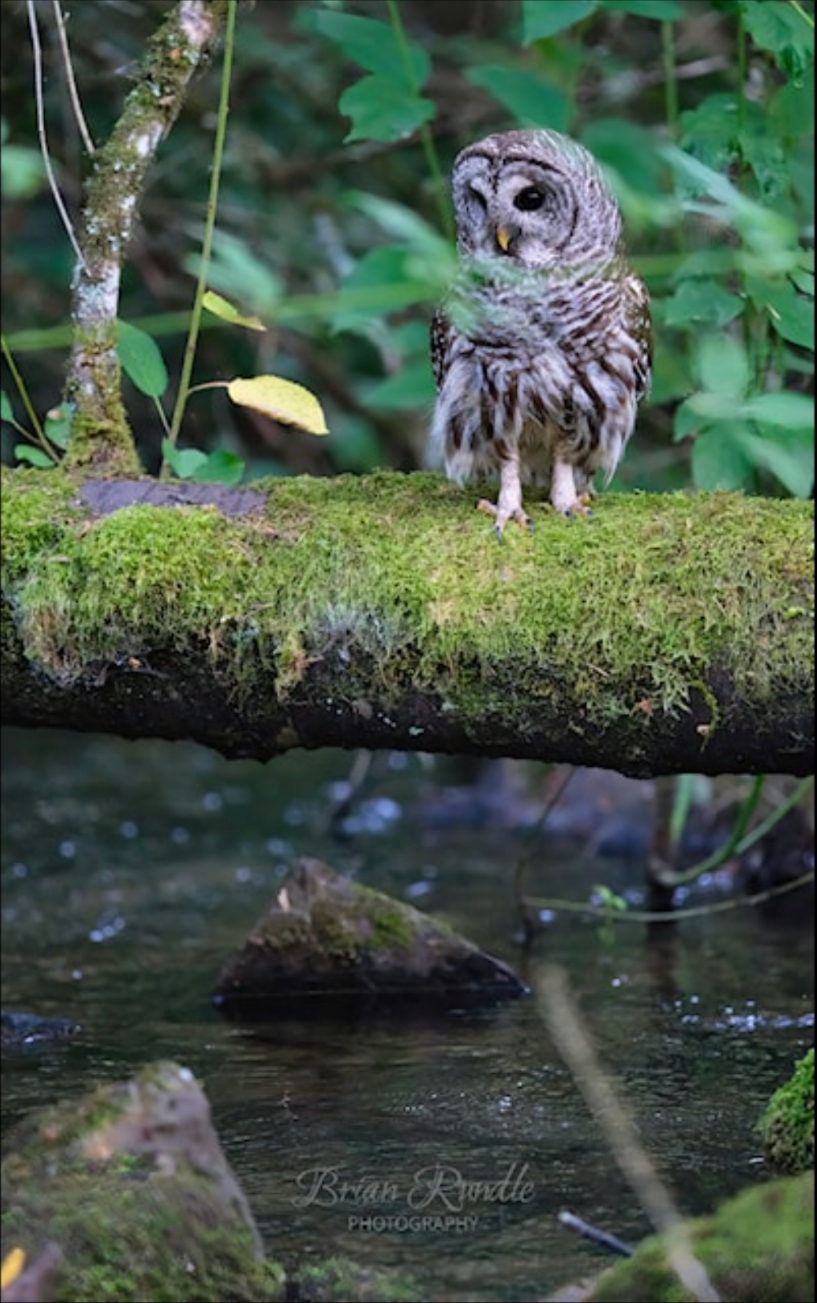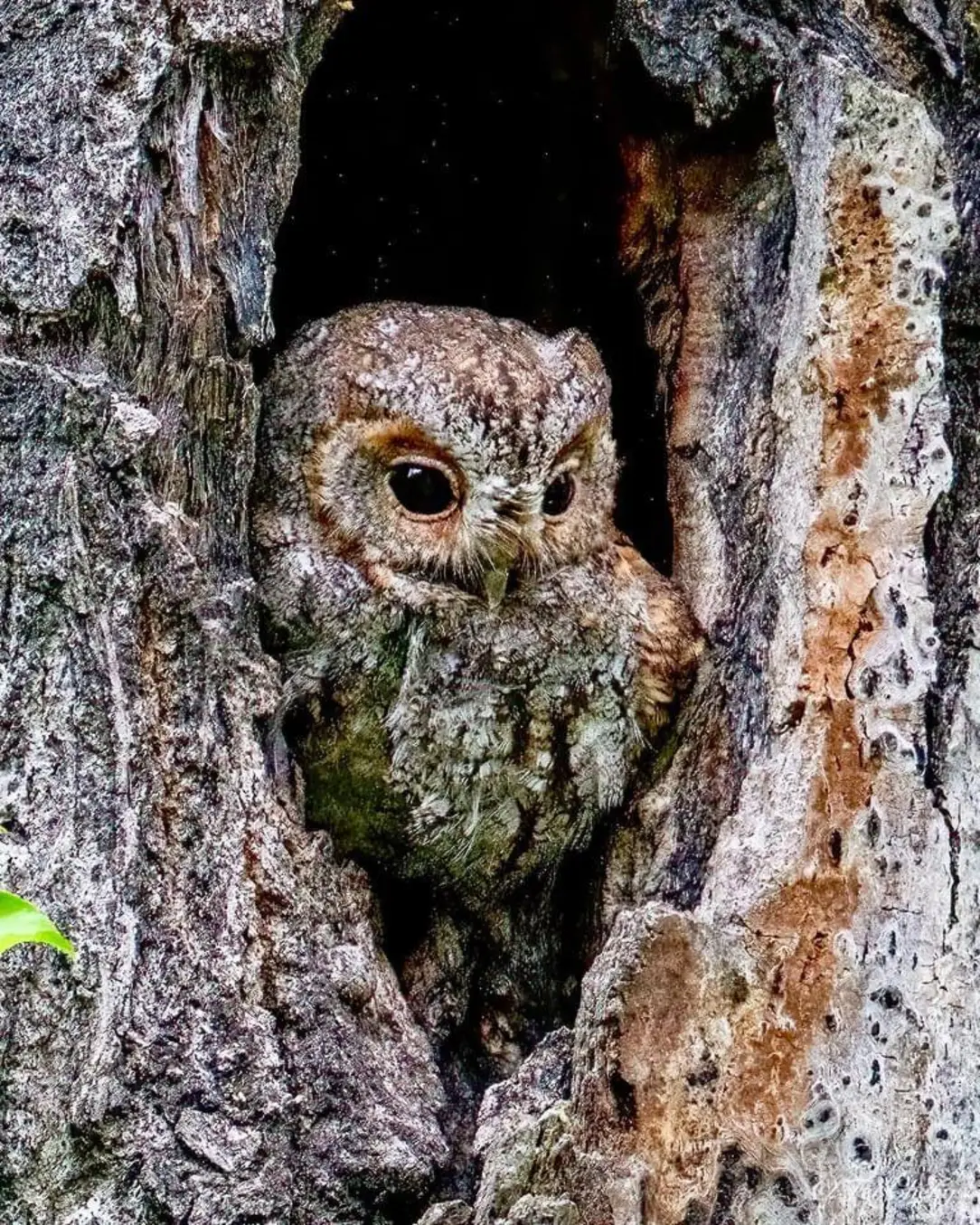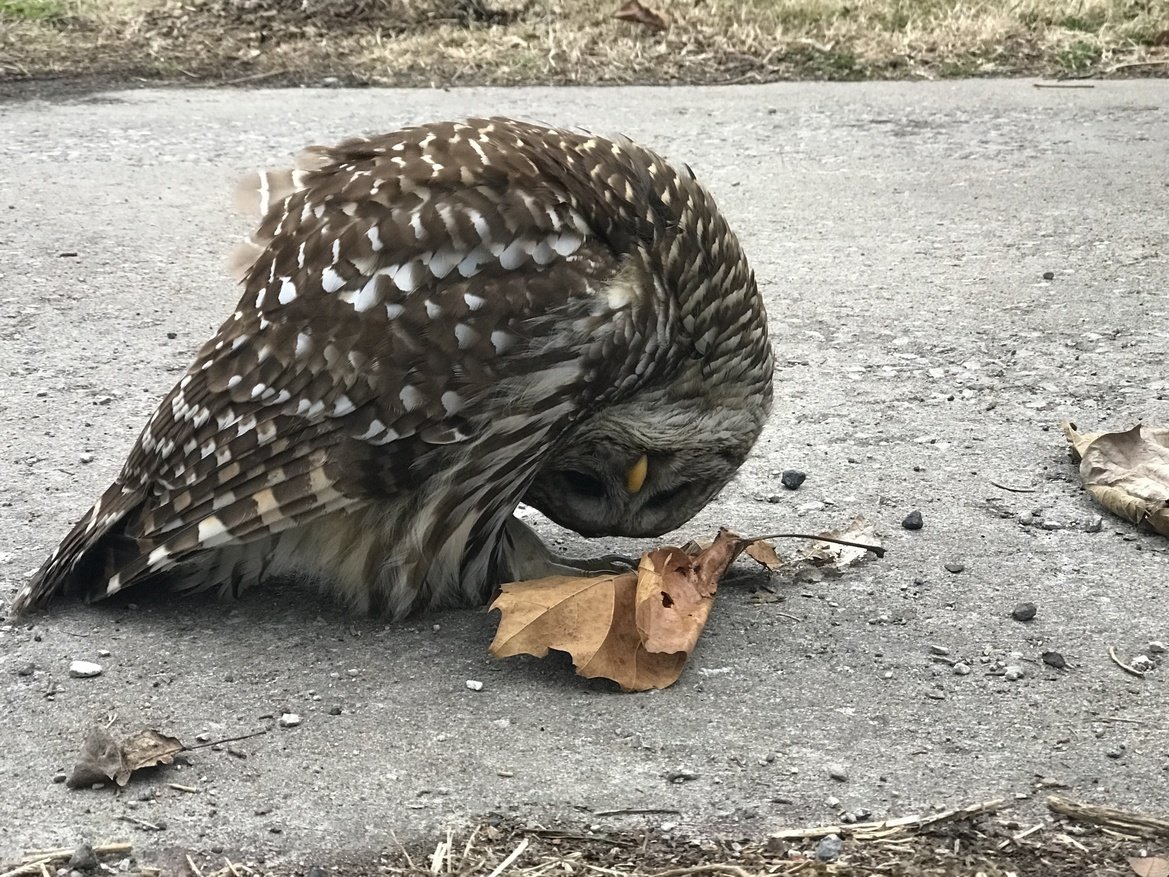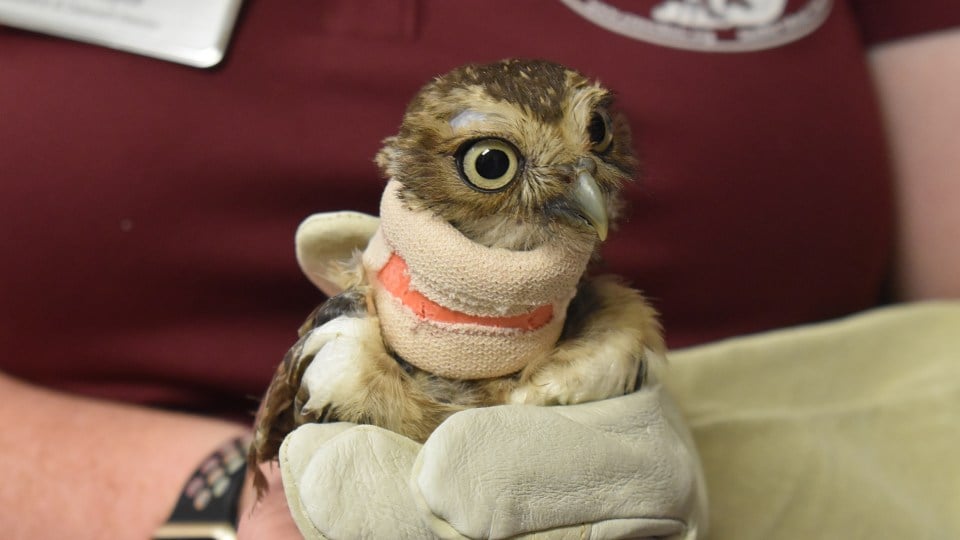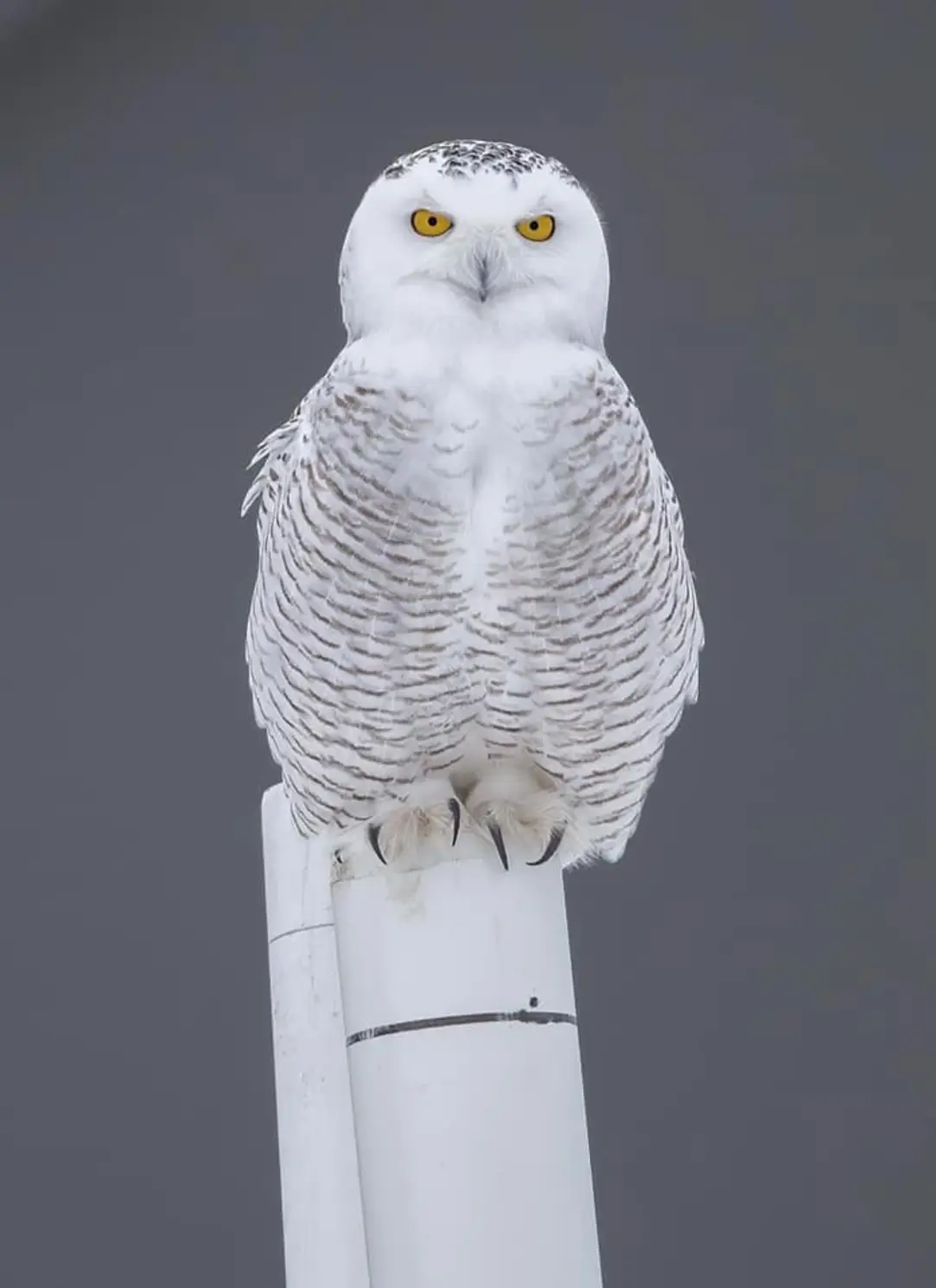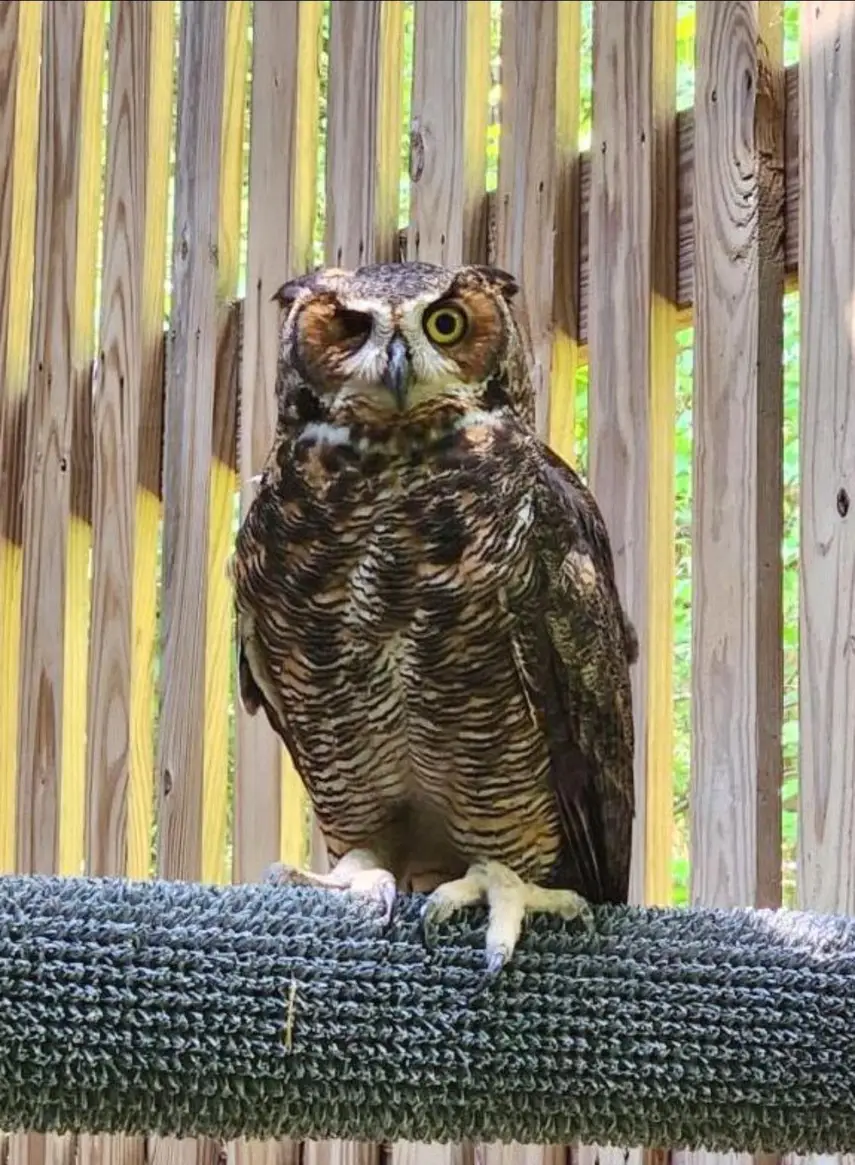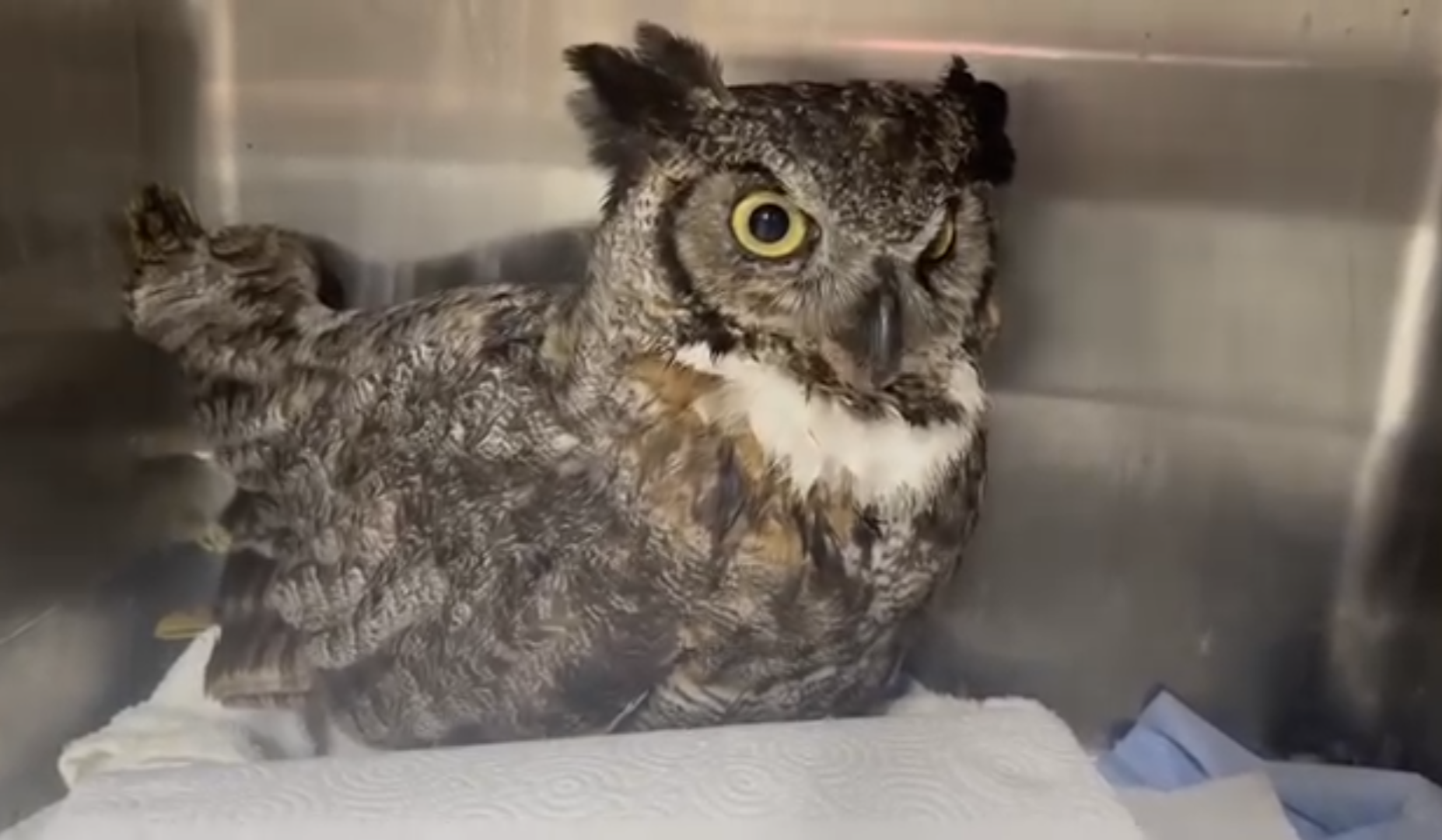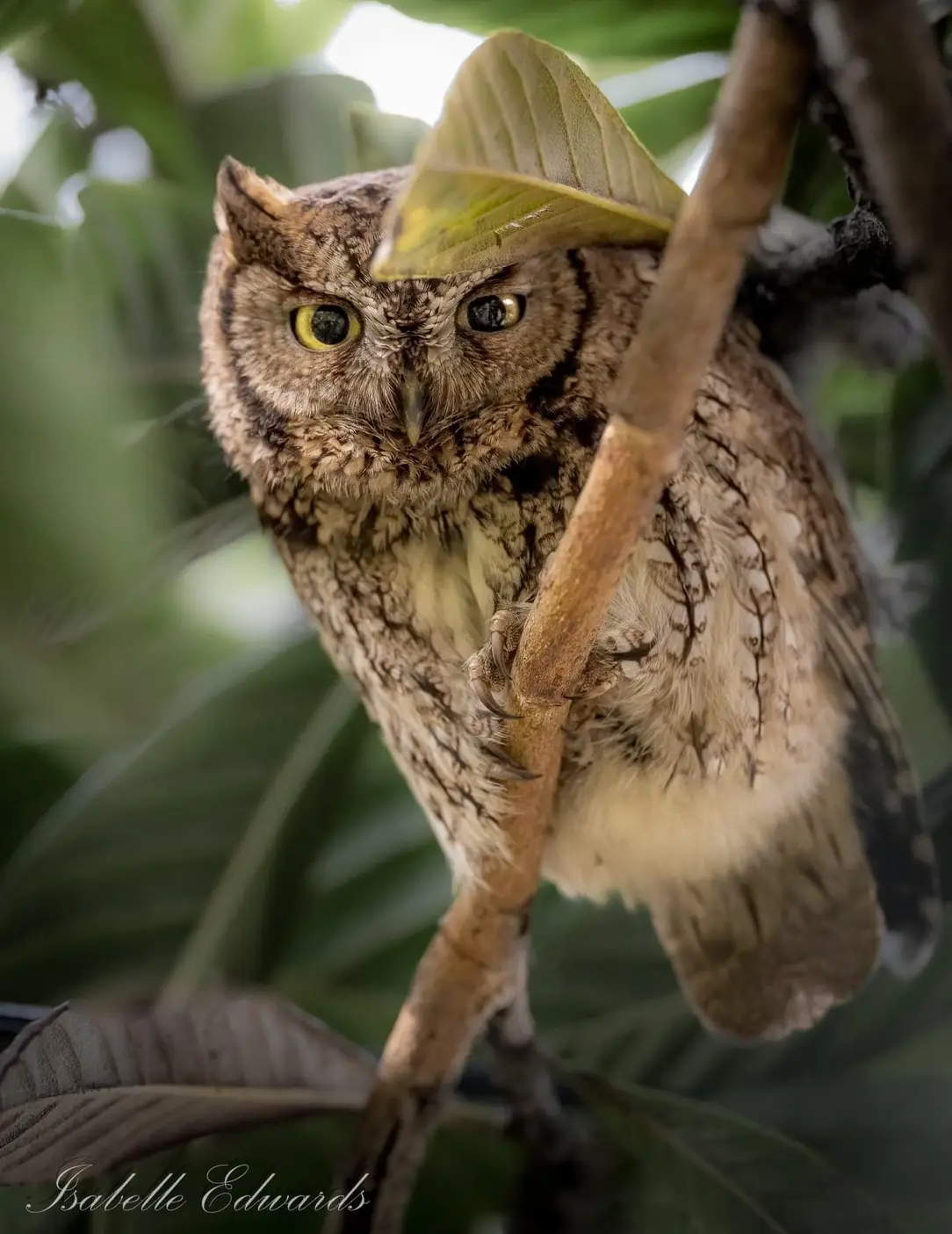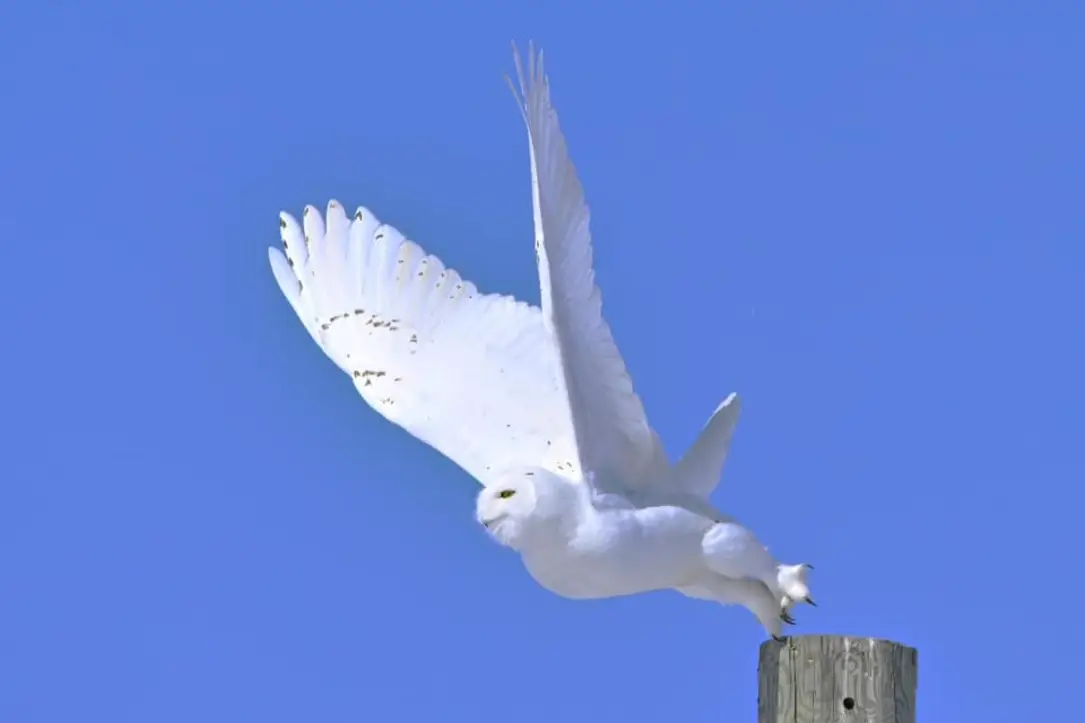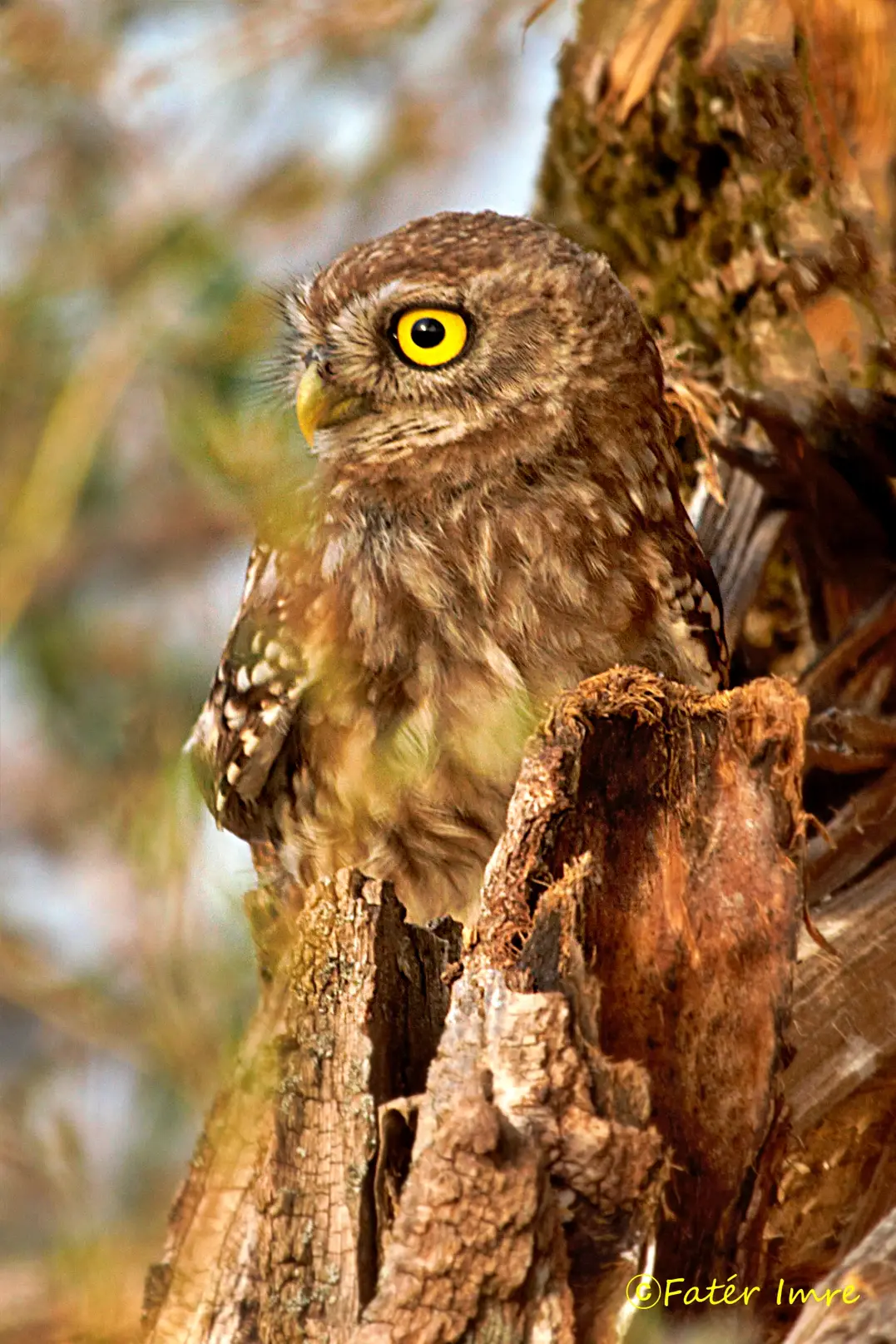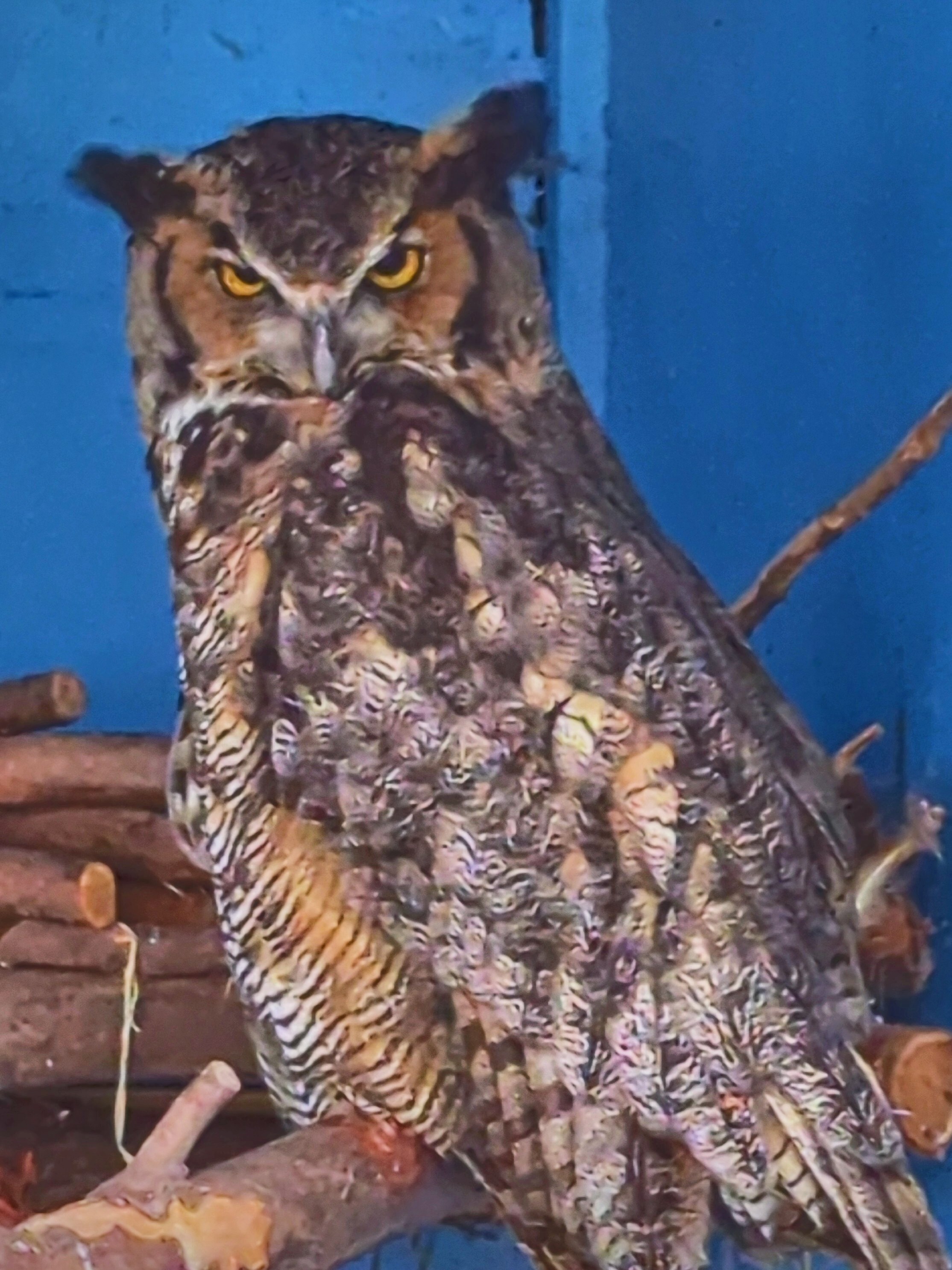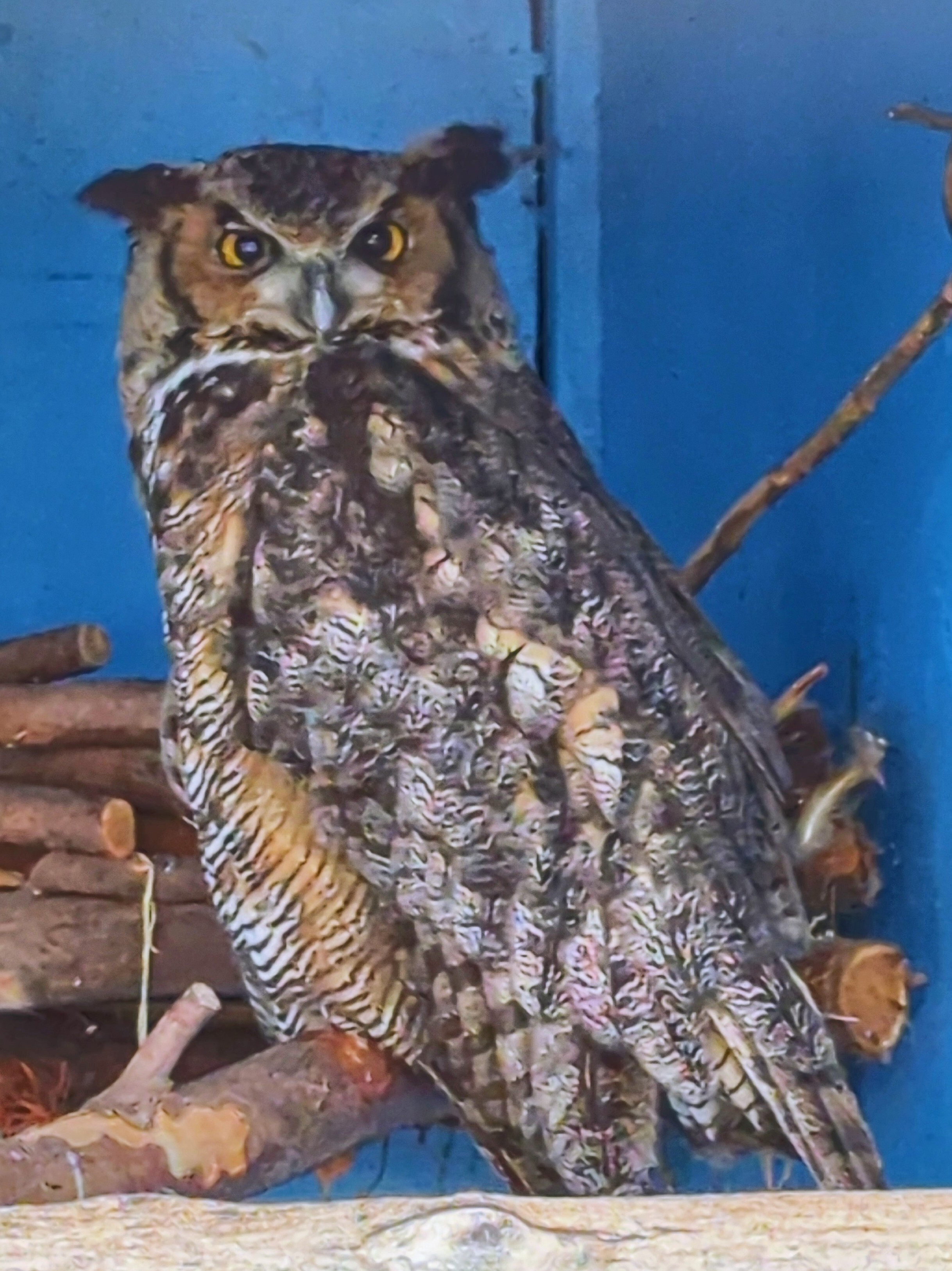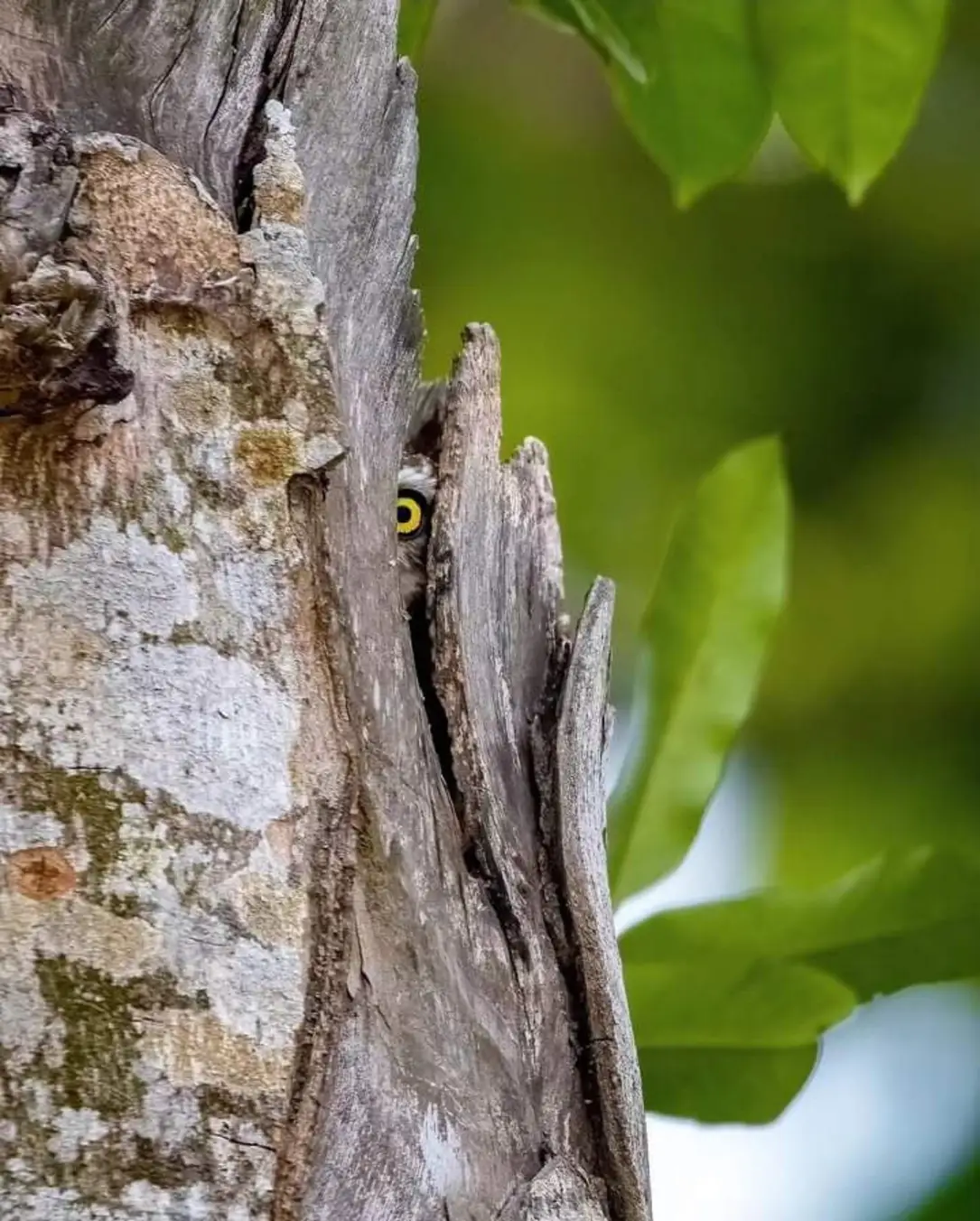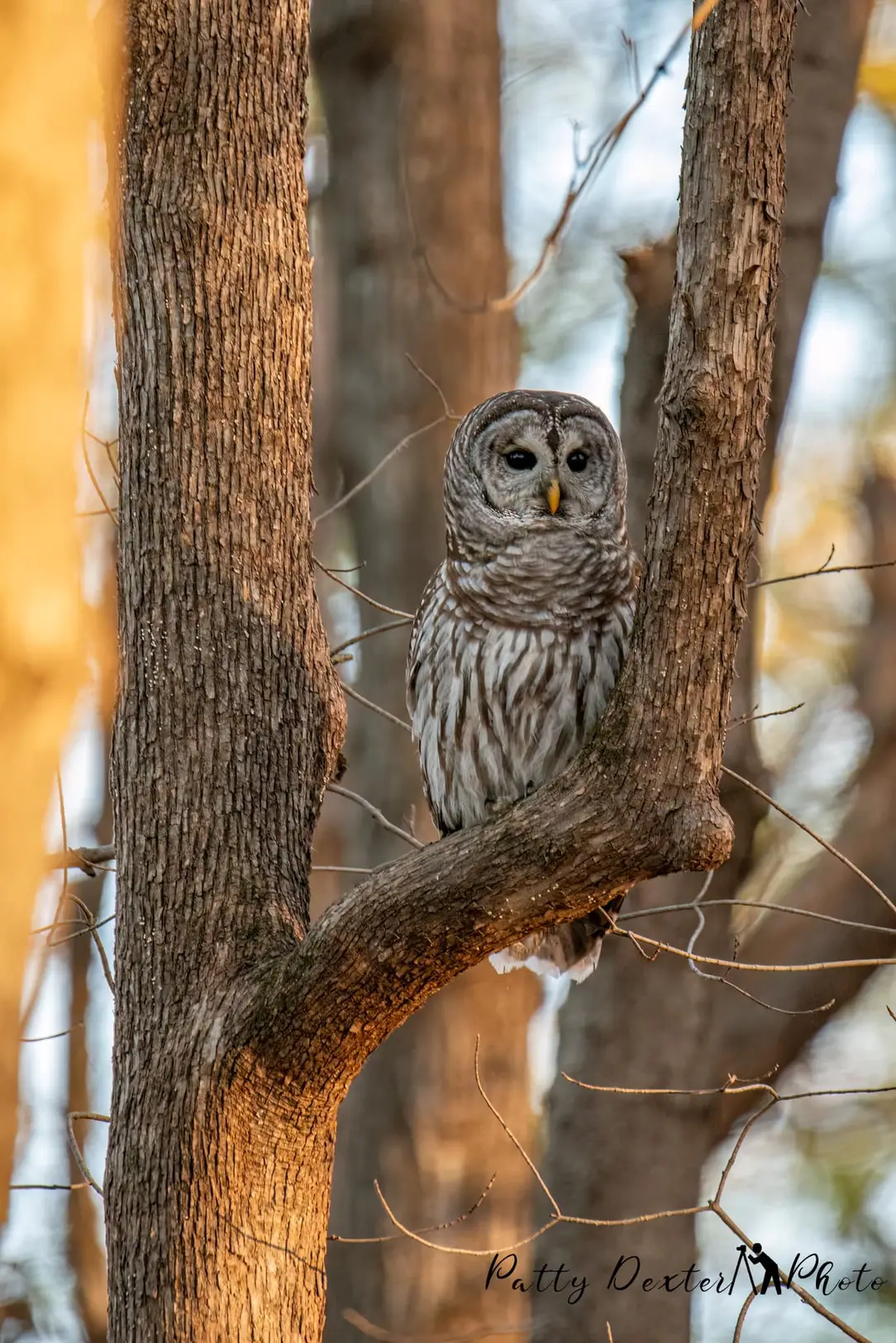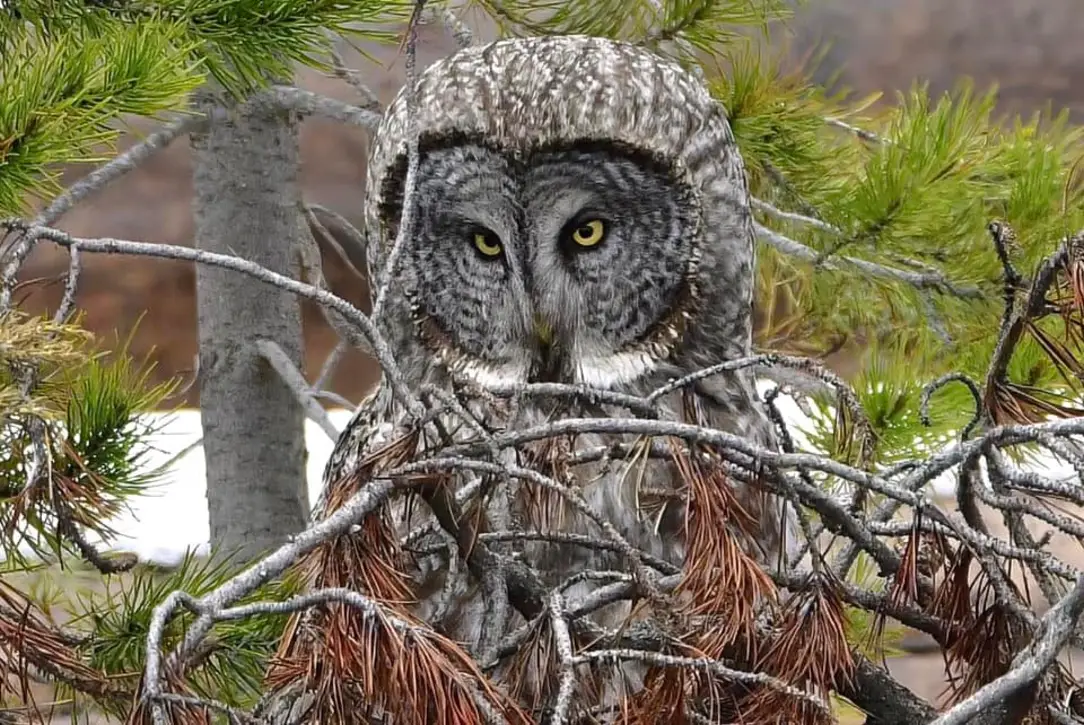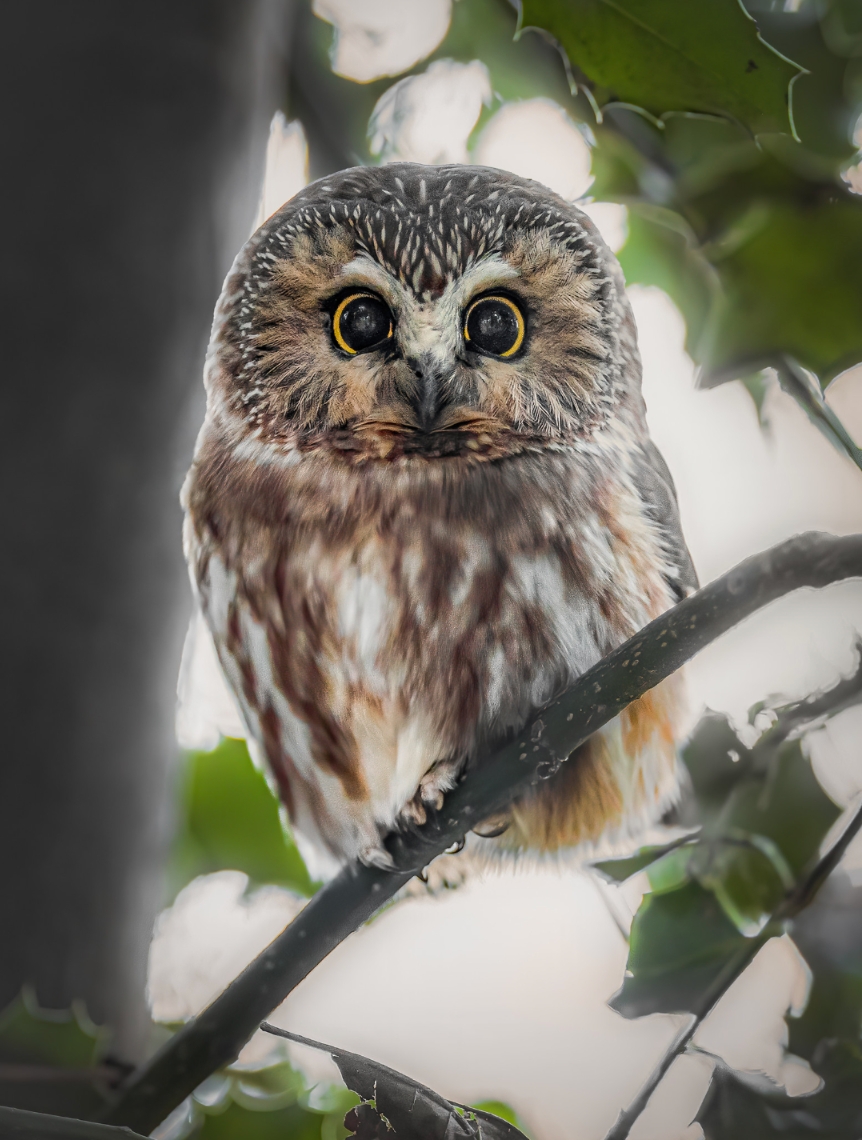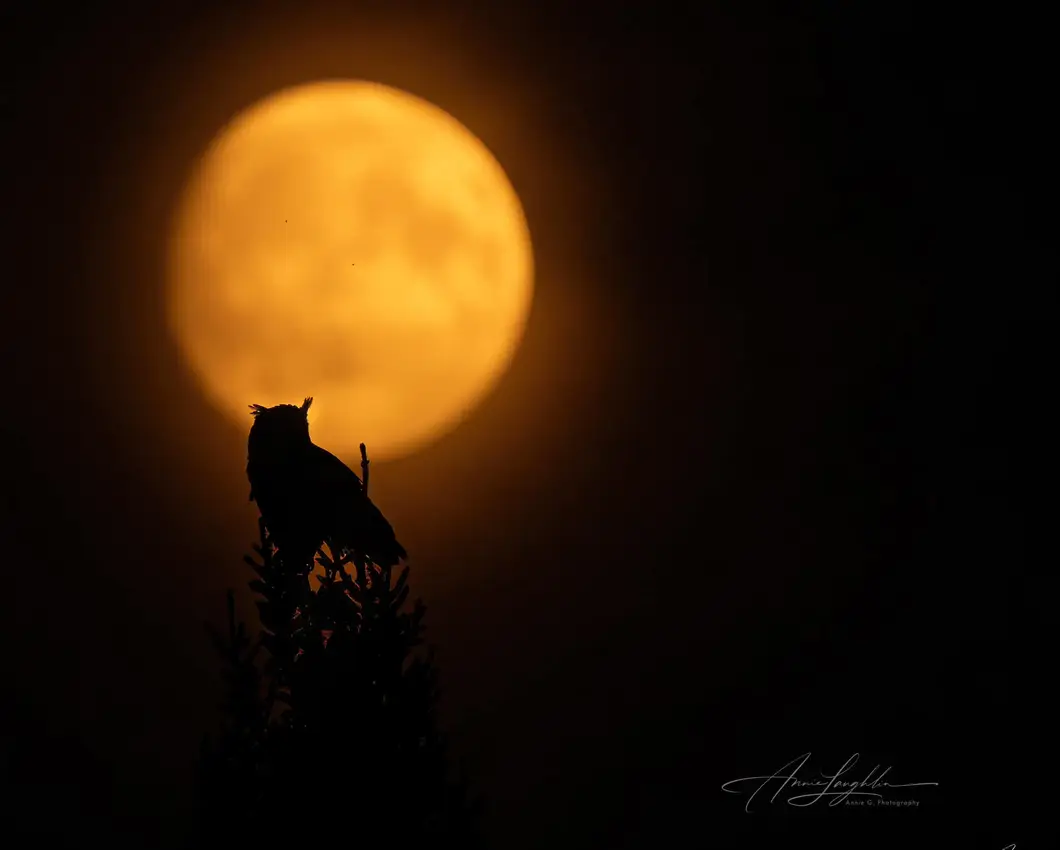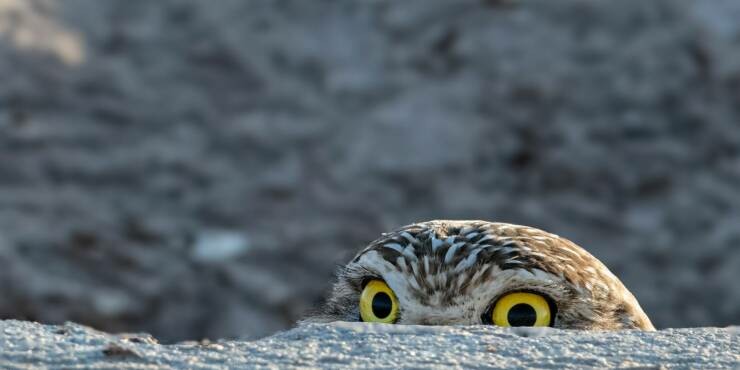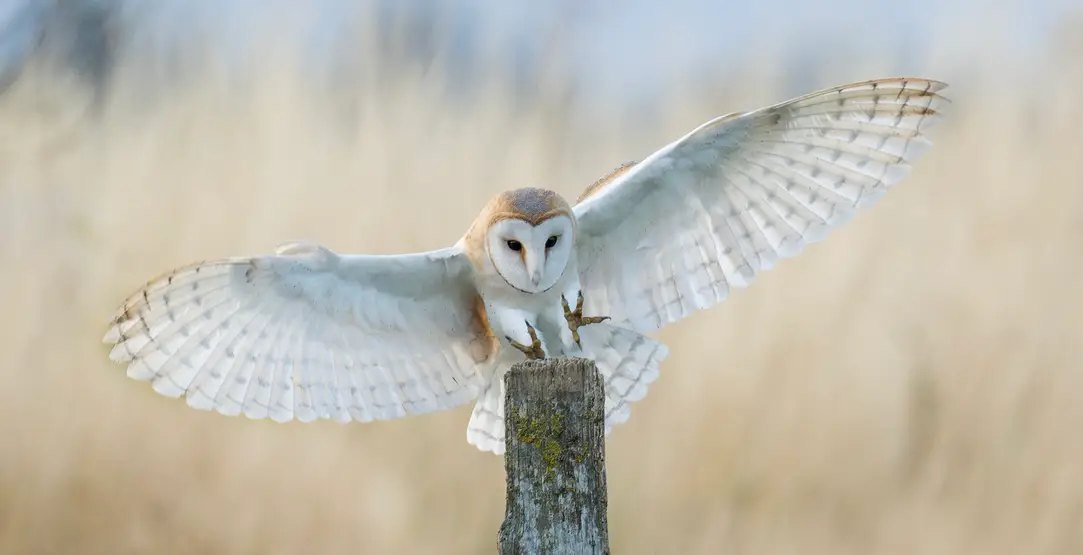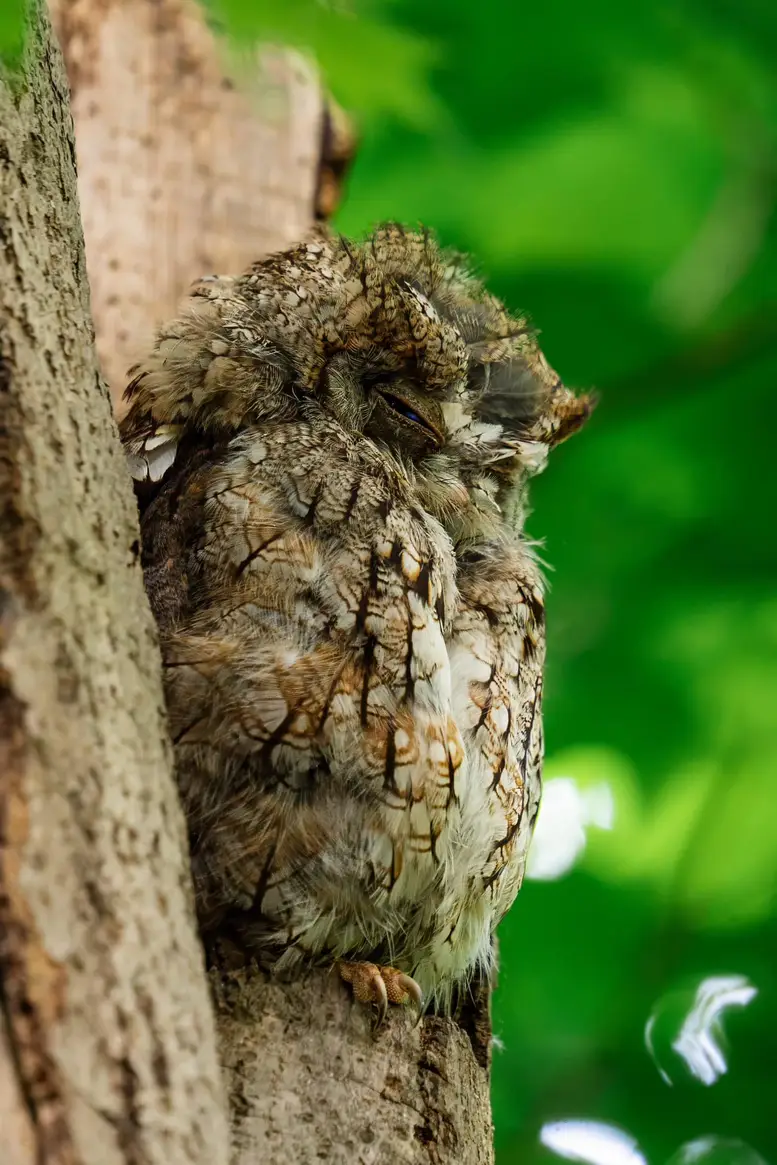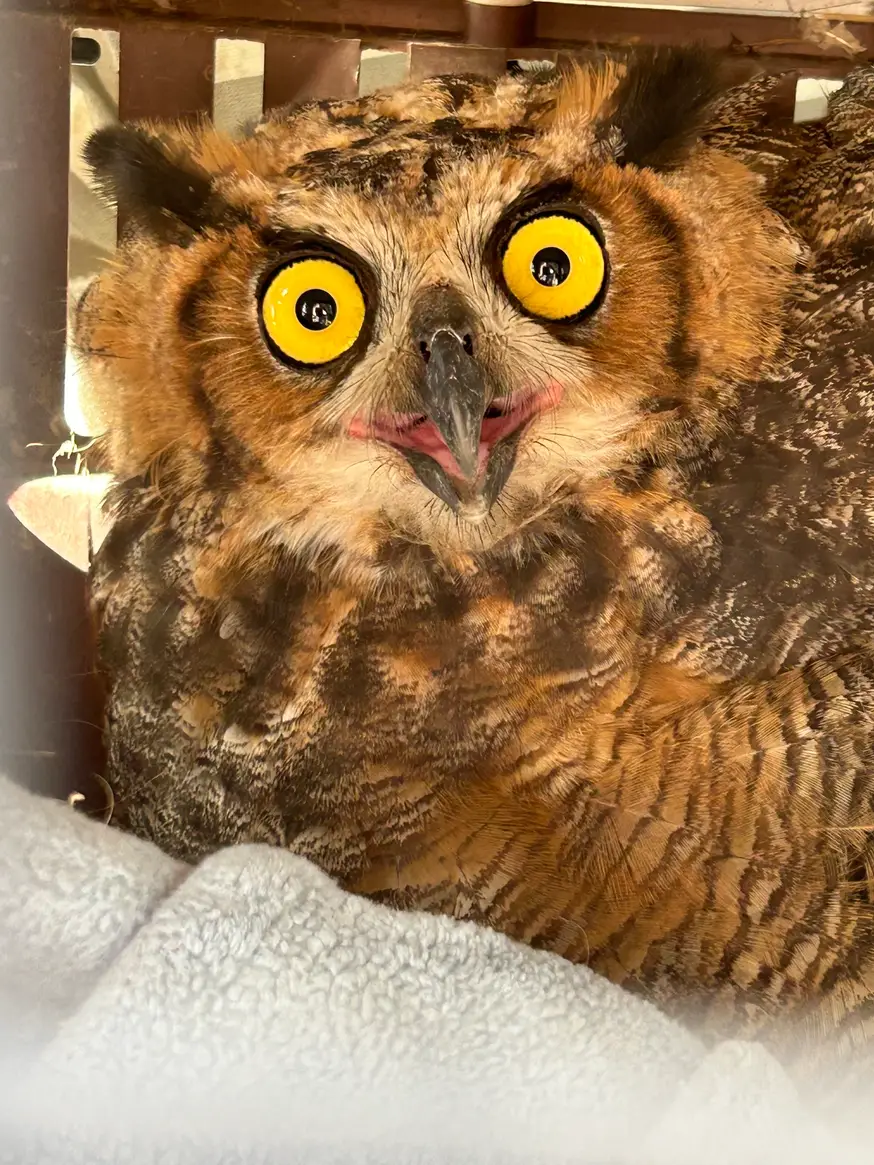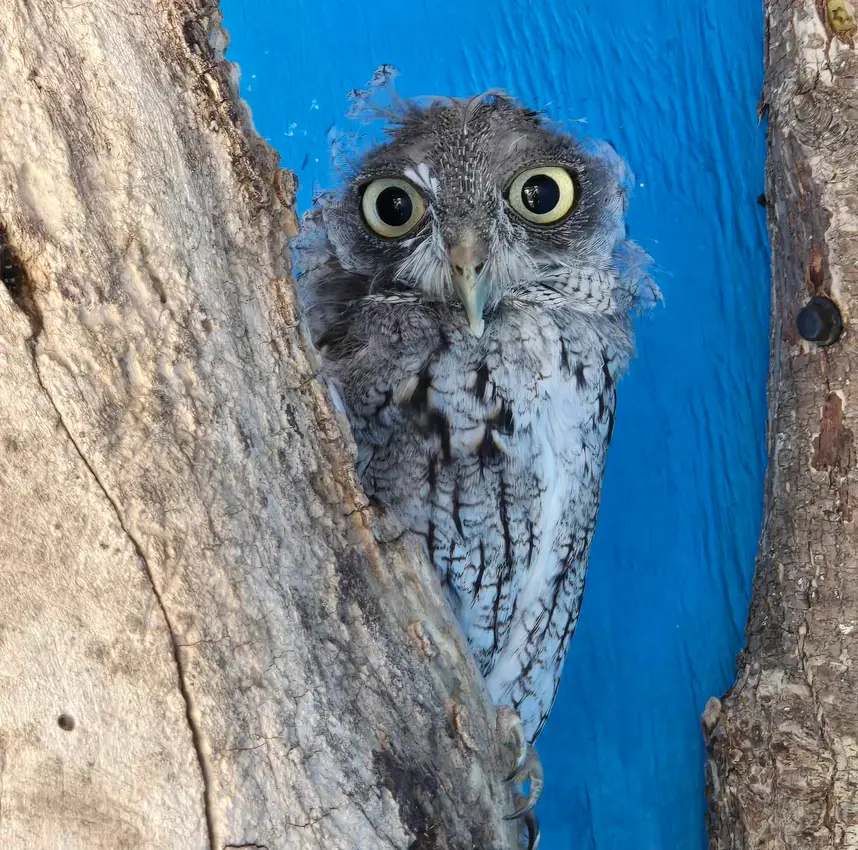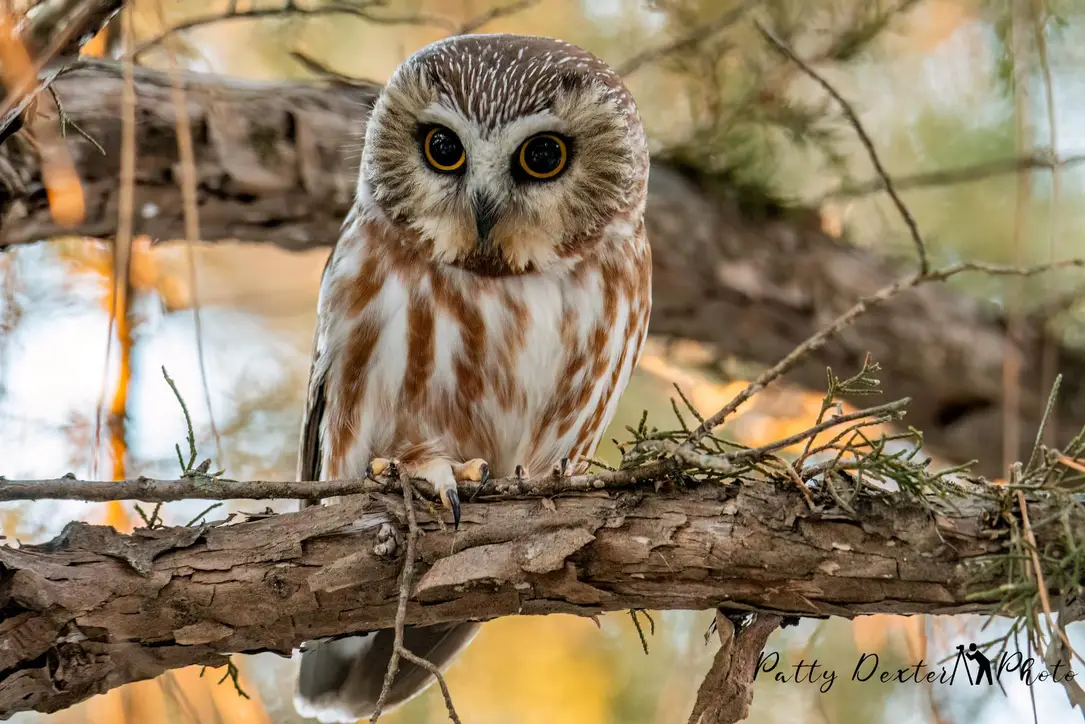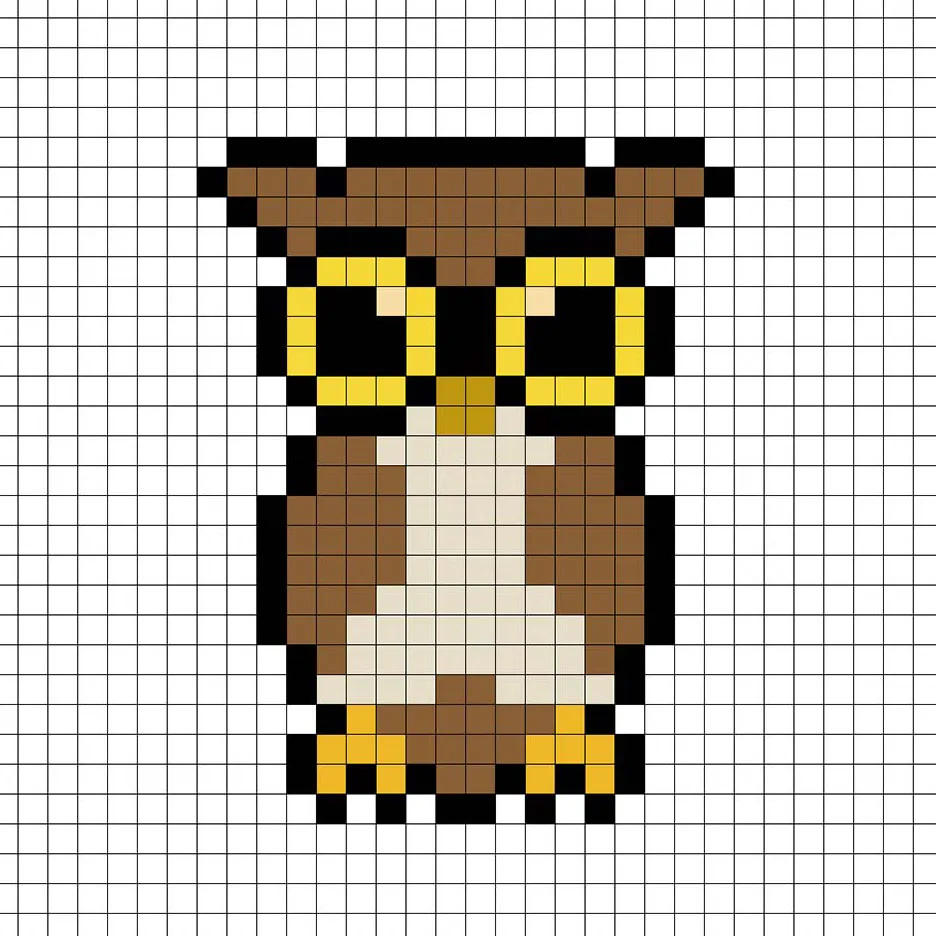After two years patiently waiting for his moment, a Sooke wildlife photographer achieved his dream, capturing a rare moment when a barred owl went beak to claw with a crayfish.
Sooke's Brian Rundle was out in the early hours of Monday, Aug. 20, photographing tree frogs, when he stumbled across the owl perched on a log, staring into the stream below.
“It jumped off the log and went into the water and started splashing in the stream,” said Rundle. “By the time I had my camera, it was sitting on a rock with a crayfish.”
With the crayfish firmly in the grip of the owl's beak, Rundle thought the battle between the two was over, but the crustacean had other ideas.
“I thought, holy hell, he's fighting back,” said Rundle. “The crayfish was pinching, still trying to get away. But eventually the owl just ripped the pinchers off and ate them, swallowed them whole.”
The moment was one that Rundle had chased for so long, with no success.
“I've been after that bird so many times,” said Rundle. “I've been out, I don't know, countless times, and got nothing. One time it did almost happen … but it had its back to me, so I missed out on that one.”
Rundle had all but given up photographing the crayfish-loving owls, which meant he was unprepared when the moment flew into his lap.
“I was real happy, but the other half of me was annoyed that I didn’t have my really good camera,” said Rundle. “My other camera not only is sharper, it handles the low light better than this one. But I thought, ah well, at least I got it. I've been doing this for 900 years, you think I would know better.
“But I looked up, said, ‘thank you’ to whoever was looking after me that day,” he continued. “When it comes to stuff like this, photographing wildlife, I find a lot of it is luck.”
It's not unheard of for barred owls to eat crayfish. According to experts, if they eat enough, the feathers under their wings can turn pink, just like a flamingo. But Rundle’s photos have captured the imaginations of people online, who have never seen the behaviour before or even knew that the nocturnal bird had a seafood diet.
"That's the kind of feedback I'm getting on Facebook. You could say that it is rare to see them do this,” said Rundle. “But I'm sure if you ask the owl, it's not rare, they do it every day.”
Despite finally capturing the long-awaited moment, Rundle is striving for more.
“My background is video work,” he said. “I used to shoot for TV – I worked on a kids TV show called Kratt’s Creatures – so I was arguing with myself that I should shoot video of the owl. Maybe that’s a job for me next time, if I can be in the right place, right time again.”
